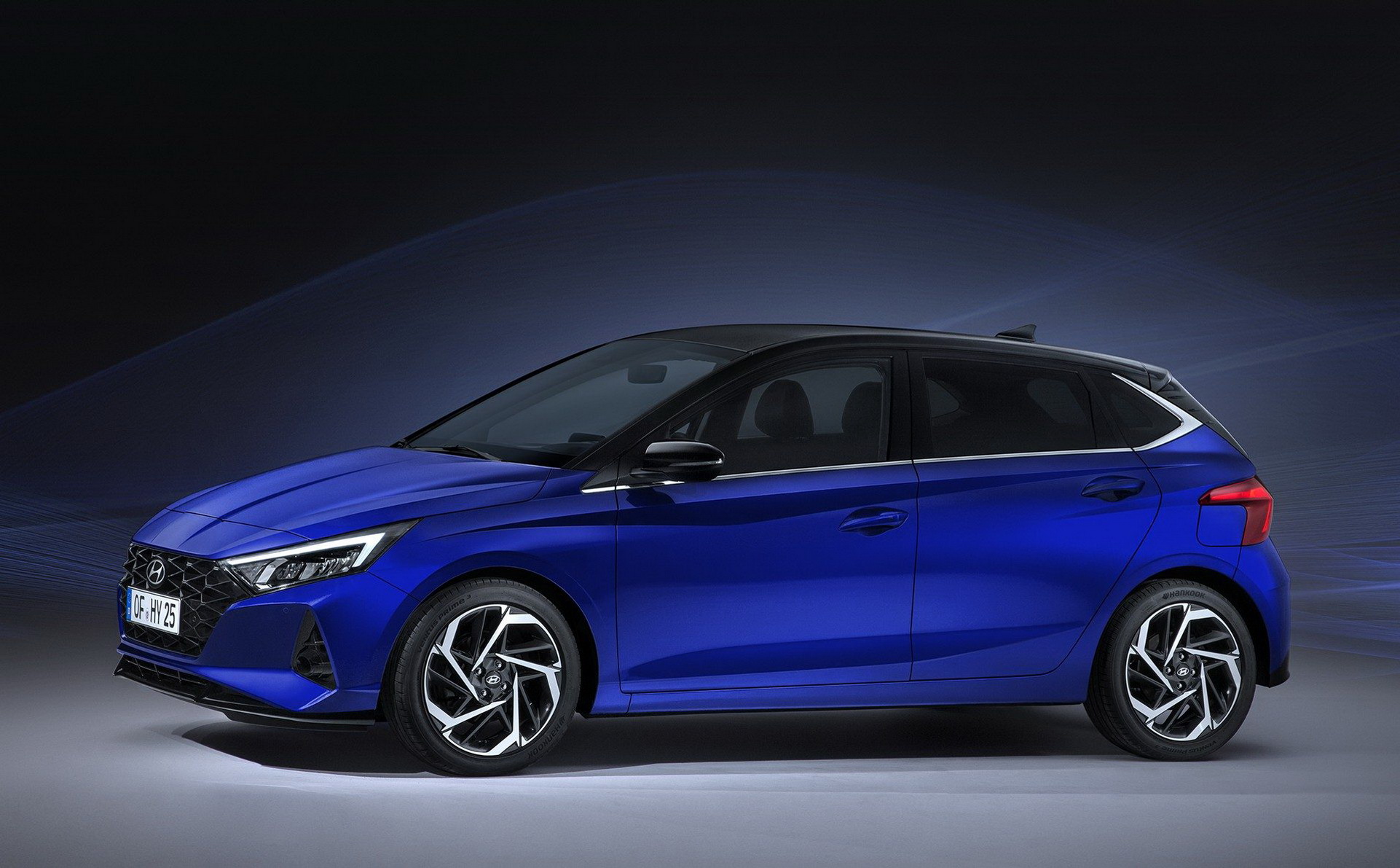Hyundai revealed the next-generation i20 in a digital presentation and the car is expected to be launched in July in the international market. Hyundai has also revealed the interiors of the 3rd generation i20 earlier in design sketches and recently in a video presentation the brand revealed details about the European-spec i20’s features and safety equipment.
On the interiors, the next-generation i20 features twin screens, a 10.25-inch colour display for the instrumentation and a 10.25-inch central floating touchscreen infotainment system. The infotainment system comes with wireless Apple Carplay and Android Auto integration and the brand’s latest Bluelink telematics system, built-in navigation, Hyundai Live and cloud-based natural voice recognition system. The car also comes with an optional Bose sound system comprising of 8 speakers, ambient lighting and wireless smartphone charging.
The navigation system automatically connects to the car’s SmartSense driving assistance systems like the smart cruise control system which uses the navigation data to make driving safer. The car also comes with intelligent speed limit information which not only displays the speed limit onto the driver’s information screen but also adapts to a lower speed, automatically depending on the situation.
Safety features also include Lane Following Assist (LFA), Rear Cross-traffic Collision Assist (RCCA), Blind-spot Collision-avoidance Assist (BCA), Parking Assist (PA), Parking Collision-Avoidance Assist Reverse (PCA-R) and Leading Vehicle Departure Alert (LDVA).
The Hyundai i20 in the European market will come with new electrified powertrains such as the 1.0-litre turbocharged gasoline direct injection engine coupled with a 48-Volt mild-hybrid system matched to a 6-speed manual transmission and an IMT (intelligent manual transmission) which decouples the engine and the gearbox as soon as the driver releases the accelerator pedal allowing the car to coast freely improving fuel economy and lower exhaust gas emissions.
The Hyundai i20 for the Indian market is likely to be offered with BS6 compliant 1.2-litre petrol engine and a 1.2-litre diesel engine along with the 1.0-litre TGDI engine but that brand may not bring the 1.0-litre turbo-petrol powertrain with the mild-hybrid technology.



